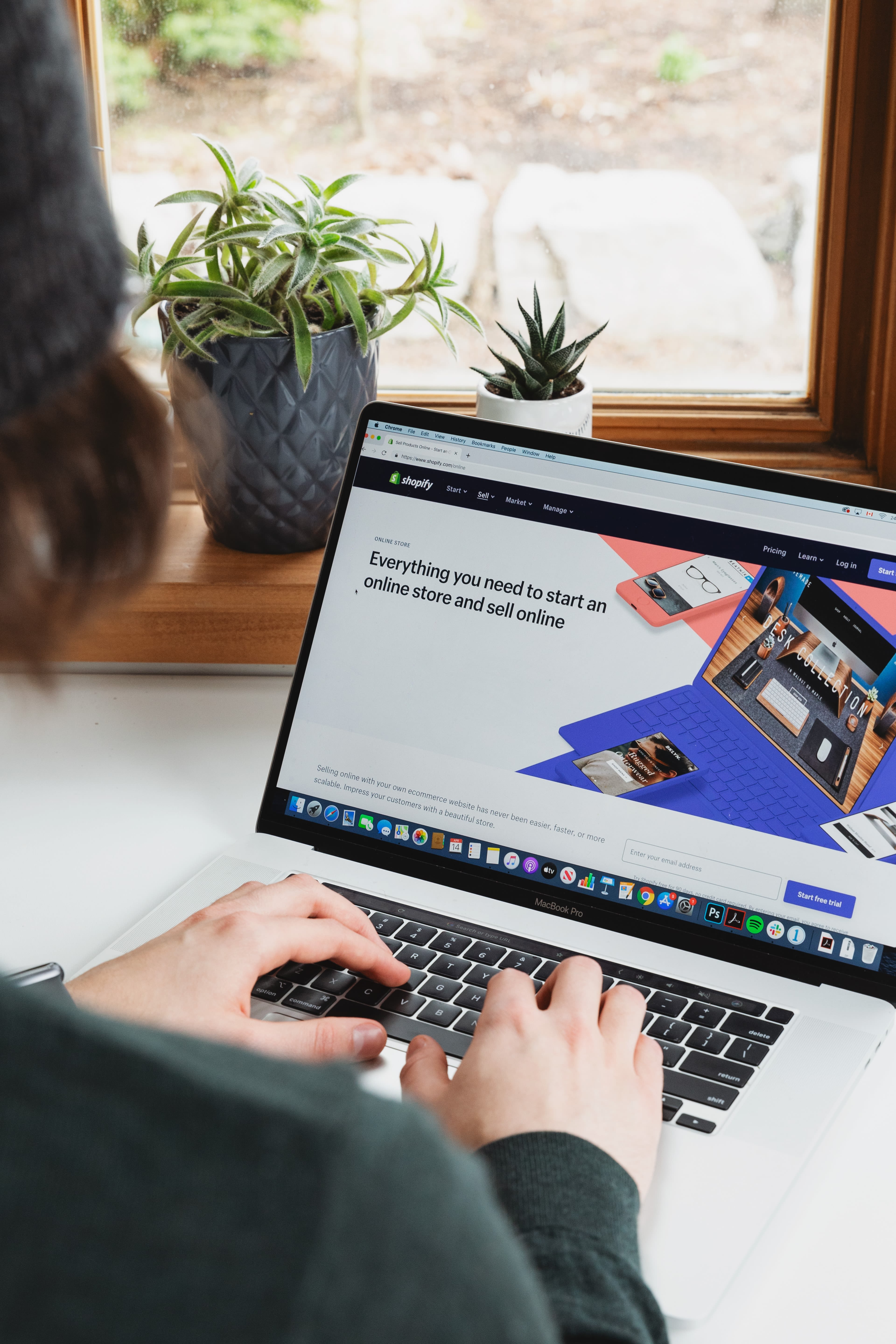Getting Down to Teaching Online

If you are one who feels strongly about the education system, and wish to do your part in nurturing students and shaping young minds, you may have toyed with the idea of teaching, as a career.
The first quarter of last year saw physical school lessons coming to a halt, with many educators who were accustomed to face-to-face learning, struggling to keep up with the implementation of online classes, following the abrupt closure of schools.
Adjusting to teaching online has not been an easy process.
For the most of last year, educators and students were left with no other choice but to adapt to teaching and learning online. Although not individualised, teachers still had a trying time making sure lessons were engaging and motivating.
To ensure students did not fall back on studies, teachers resorted to different methods. From group video calls, recorded lessons for students to peruse at their preferred time and pace, to online assignments via the various channels, both parties needed that time and allowance to adapt to this new way of teaching and learning.
If the internet and the evolvement of technology has changed how we communicate with one another, it surely has also played a part in the current teaching landscape, worldwide.
Let’s look at some simple tips for teaching online:
Record Your Lectures
Not all students have regular or reliable access to the internet. Sometimes, you may have students who are not able to follow lessons at a particular time, due to unavailable resources, or unforeseen circumstances. Therefore, it is suggested that lessons be recorded, for it to be followed at a time students can.
Show your Face
Clicking that ‘turn-video off’ button seem to be calling out to you many a times, but try to be as open and warm as possible. Having to see the teacher’s face, gives students a feel of actual presence.
Interactive/Engaging Activities
Don’t just have slides after slides during each lesson. This may bore students. Instead, try to incorporate some fun quizzes, games, and videos, which encourages participation, and some elements of fun.
KISS
Certain topics covered tend to be dry and heavy, which may need to be explained thoroughly. Students may find this overwhelming and may space out half-way during a class. The key to keeping students’ attention is KISS (Keep It Short and Simple). If the topic is too long, break it up into shorter sections, which may be simpler to follow and understand.
These are just the tip of the iceberg, so to say. But, if you would like to know more on how you can be of value as an educator in current times, or if you wish to enhance your current role as one, update and upgrade yourself to local industry standards.


